#devonian fossils
Explore tagged Tumblr posts
Text
AAH this is such a hard question haha

Thanks so much for asking @insectsinthestars ! I felt like this required some photos!
I truly do not think I have a favorite, I tried to pick one but I could not. I love them all so much. Here are a few that mean the most to me though!
This blob of Bryozoans! This one is special to me because it is a chunk of just pure Bryozoans, it is actually super light and REALLY delicate. Every time I set it down, it sheds some particles. The fact that this survived the elements for potentially hundreds of millions of years makes my heart tighten up.
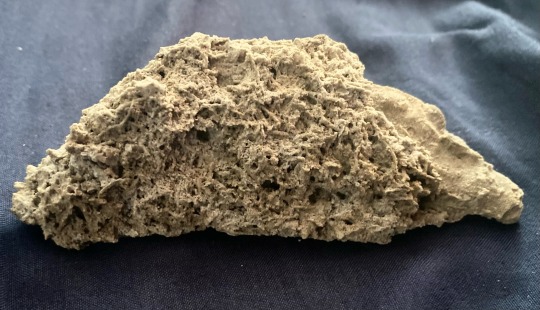
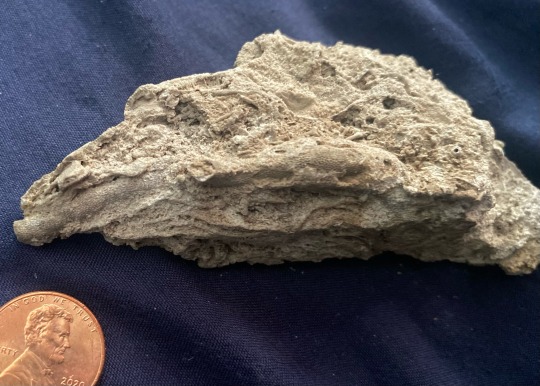
These are also the largest branches I have found, by far! (Bryozoa are tiny tiny animals that live in colonies, similar to coral)
Of course, I have to include my ONE trilobite haha. Yeah, that was a good day. I kinda love that it is just his little booty, hehe. Maybe one day I will work up the courage to attempt to chisel the rest of it out, I just reallllly do not wanna damage it. But yea.. man, do i cherish it
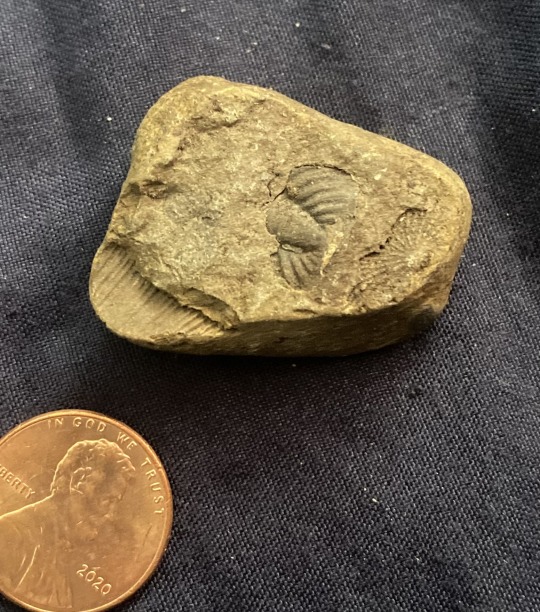
And I would honestly feel bad not including any Brachiopods, since they make up 80% of my fossils. But again, I really can’t choose a favorite:( I have a lot and I love them all. So these one’s are from the very beginning of my fossil hunting days (2019) and I can still remember finding them and crying in the woods :’)


#devonian period#my fossils#bryozoan colony#bryozoa#bryozoans#trilobite#trilobites#devonian fossils#devonian fossil#devonian#fossilblr#rockblr#fossils#fossil#amateur paleontology#paleontology#brachiopods#brachiopod#rocks#geology#earth science#natural science#nature#fossil hunting#fossil collecting
22 notes
·
View notes
Text

It's time for Trilobite Tuesday! While fossilized trilobites are commonly seen as single individuals, these critters were highly social animals—gathering together to mate, molt, or feed. On occasion, fossils will be unearthed featuring dozens of trilobites inhabiting a single slab. This Devonian specimen from New York, featuring many overlapping Eldredgeops trilobites, is a prime example. These small marine arthropods measure 0.8 to 1.2 in (2 to 3 cm) in length.
#science#amnh#museum#fossil#nature#natural history#animals#paleontology#fact of the day#trilobite#devonian#natural history museum#museum of natural history#cool animals#ancient animals#arthropods
1K notes
·
View notes
Text


Results from the Devonian Hunsrück Slate #Paleostream!
Look at all these weird little critters!
#paleoart#sciart#paleostream#palaeoblr#devonian#schinderhannes#hunsrück slate#fossils#mimetaster#placoderm#german fossil sites#deep time weirdos
1K notes
·
View notes
Text

Focus stacked image (composed of 59 frames) of a complete stock of a trilobites of the species Austerops speculator found in Jebel Oufatene, Morocco. The length of the fossil is approx 3 centimetres (1.2 in) and it lived in the Early Devonian period and is approx. 400 million years old.
#fossils#historical#history#devonian period#devonian#wiki#picture of the day#photography#jpeg#information#aesthetic#x
305 notes
·
View notes
Text
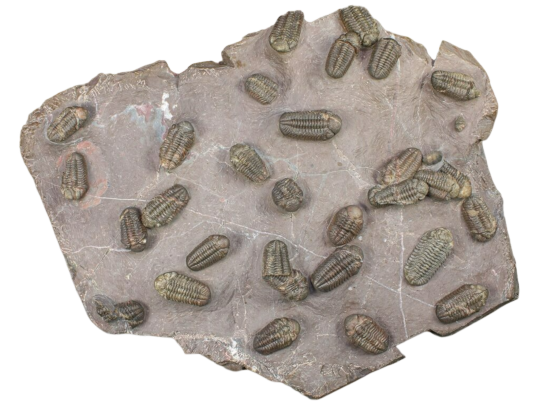
19" Austerops Trilobite Cluster On Colorful Rock - Jorf, Morocco
#devonian#Morocco#austerops#trilobites#trilobite#fossil#fossils#trilobite fossil#multi#png#transparent#paleontology#paleoblr#prehistoric
91 notes
·
View notes
Text
Coelacanth designs I made for my TEEZR shop!
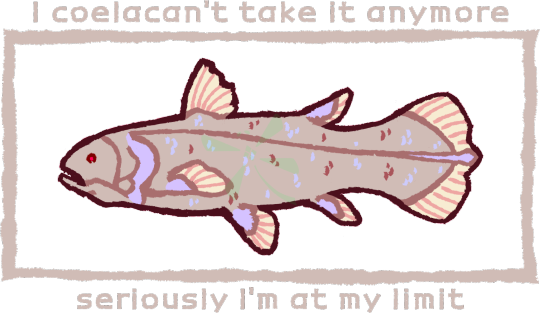
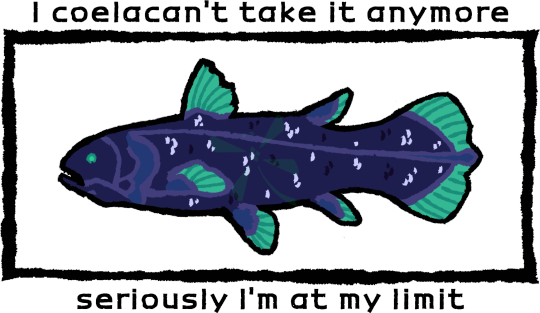
Links to t-shirt prints:
https://tee-zr.com/product/coelacanth-coelacant-take-it-blue/
https://tee-zr.com/product/coelacanth-coelacant-take-it-albino/
#coelacanth#latimera#fish#paleoartist#paleoart#living fossil#devonian#teezr#artist on teezr#teezr shop#paleoblr
100 notes
·
View notes
Text
i KNOW this is a bug blog but i wanna talk ab one of my fav guys ever.,.,
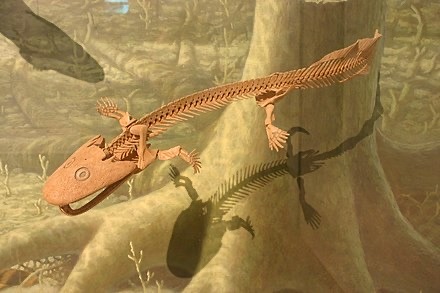
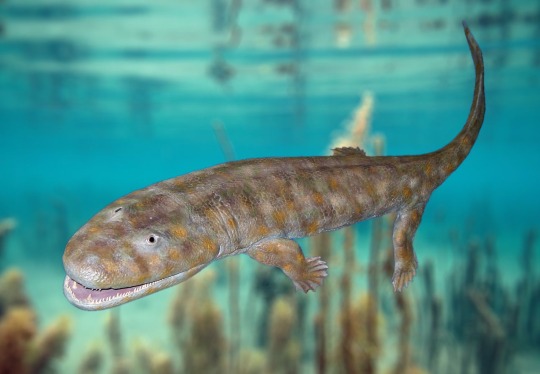
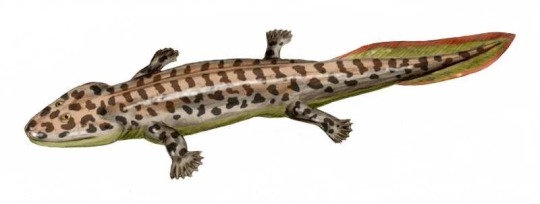
Acanthostega !!!
theyre SO goofy!! appeared in the late devonian, this freaaaky thing has EIGHT DIGITS PER HAND!!! it has limbs but CANNOT bear its own weight, stuck in the waater.
i just love these guys so much <33
#next post WILL be about isopods.#trust!!#ecology#prehistoric#natural history#evolution#paleontology#fossil#acanthostega#devonian#WHY DID I OPEN TUMBLR TO 99+ NOTIFS GANG WHERE DID YOU COME FROM….
737 notes
·
View notes
Text

Goodnight, Orthoceras.
(AKA Getting emotional while drawing this Orthoceras fossil my friend gave me as a birthday gift.)
339 notes
·
View notes
Text
Fossil Friday: Jaekelopterus rhenaniae
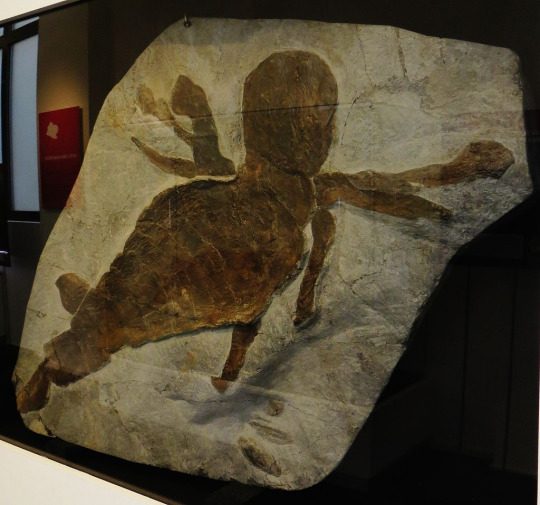
Who's ready to take a more in depth look at our favorite giant sea scorpion? Jaekelopterus rhenaniae was a beast of an animal. It lived during the early Devonian Period from 419.62 to 393.47 Ma in Germany. It was discovered by Otto Jaekel, a German paleontologist, in 1914. However, he thought it was a species of Pterygotus, another type of eurypterid.

It wasn't until 1964 when British paleontologist, Charles D. Waterson, decided that it was distinct enough to have its own genus that he erected the name Jaekelopterus to honor the original discoverer. (Incidentally, he died little over a year at 99 years old. Good long life.)
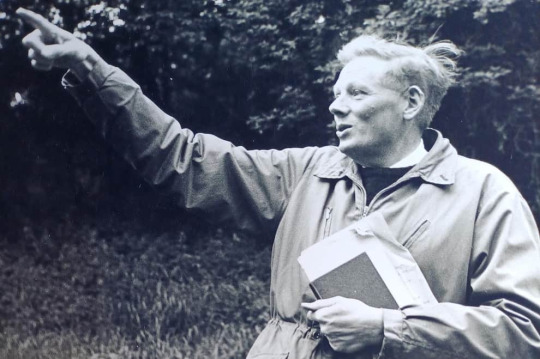
It was found in the Klerf Formation which was siltstone and sandstone deposited in an estuary or deltaic system. This means that Jaekelopterus lived in brackish water (somehow, that's more terrifying than just living in the ocean).
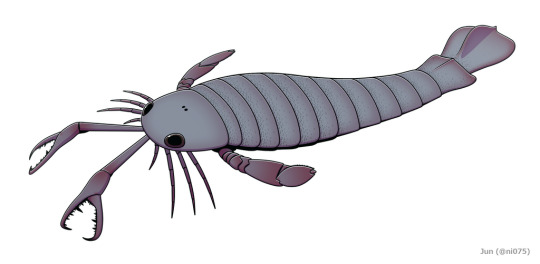
The type specimen is actually only known from isolated remains of its chelicera, modified mouthparts that are either fangs or pincers (in this case, pincers). This means it is in the subphylum Chelicerata within the phylum Arthropoda.
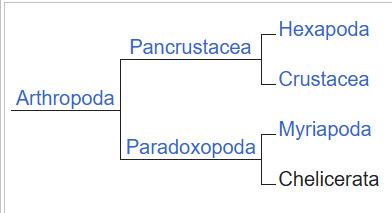
It's closest living relatives are the arachnids meaning spiders, scorpions, ticks and relatives.

Within the eurypterid clade, Jaekelopterus was part of the smaller clade Pterygotioidea. This clade had all of the largest eurypterids.

So how did Jaekelopterus and it's cousins get so big? Typically, factors such as respiration, moulting, locomotion and the exoskeleton have a huge impact on how big an arthropod can get. Other than the robust chelicera, most of the preserved body segments are thin and unmineralized. This suggests that these animals had very lightweight bodies.

Jaekelopterus had compound eyes like many other arthropods (not real scorpions though. They actually have a pupil.) They had had visual acuity as suggested by the low interommatidial angle ( the angle between the optical axes of adjacent lenses) and many lenses in their eyes. They also had stereoscopic vision like most predators. Structurally, their eyes were almost identical to horseshoe crabs (a slightly more distant relative).

The enlarged chelicerae were well adapted for puncturing and grasping prey just like with extant crustaceans and scorpions. In fact, some Devonian fish fossils from Utah show puncture wounds likely caused by the smaller Jaekelopterus howelli.
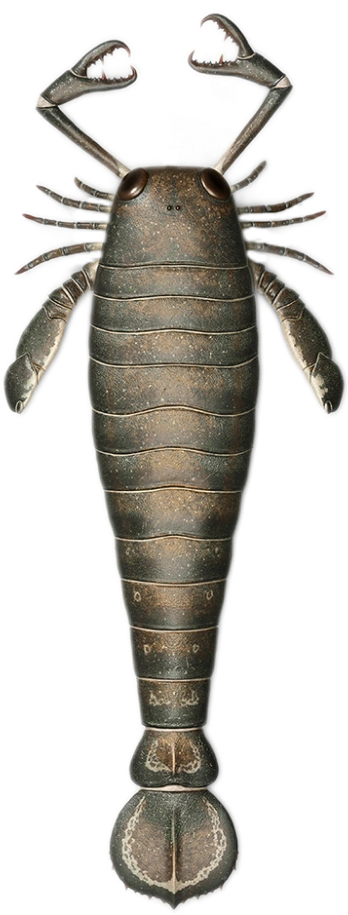
Jaekelopterus was like agile, possessing high maneuverability. The hydromechnics of it's paddles suggest it was capable of hovering, forward locomotion and quick turns.
Tune in Monday to learn about the native metal Gold. Fossilize you later!
#paleontology#fossils#fun facts#geology#science#science education#arthropods#eurypterid#devonian period#germany#utah#arachnids#paleontologist
48 notes
·
View notes
Text
NOT COUNTING ROCKS (unless it’s a specific fossil from a time period you can name) or buildings (you cannot hold those)…
#Making my own because of the skew of the last one lol#My answer is still either acheulean hand-axes (800k years old) or Devonian/Silurian brachiopod fossils (350-450 million years old)#Depending on what u count#history#polls
97 notes
·
View notes
Text
Archaeopteris 🤝Humans
Single Handedly Causing a Mass Extinction with Rapid Climate Change, *mostly* by accident
(the mostly is for humans, who eventually started realizing what we were doing and yet have continued doing the thing, rendering it On Purpose)
(I am assuming Archaeopteris never realized what they were doing but I guess I could be wrong)
306 notes
·
View notes
Text
So apparently it is ‘Fossil Friday’:) I like this term!
I cracked open that one from my last post and was rewarded with my favorite genus of Brachiopod, ✨ Leptaena ✨!! so beautiful..
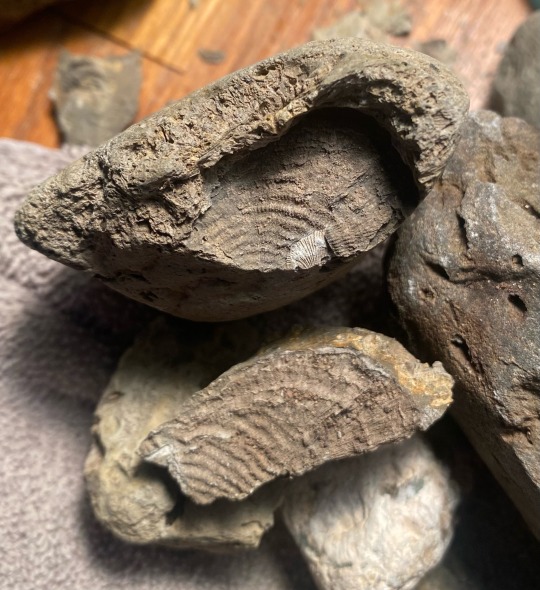
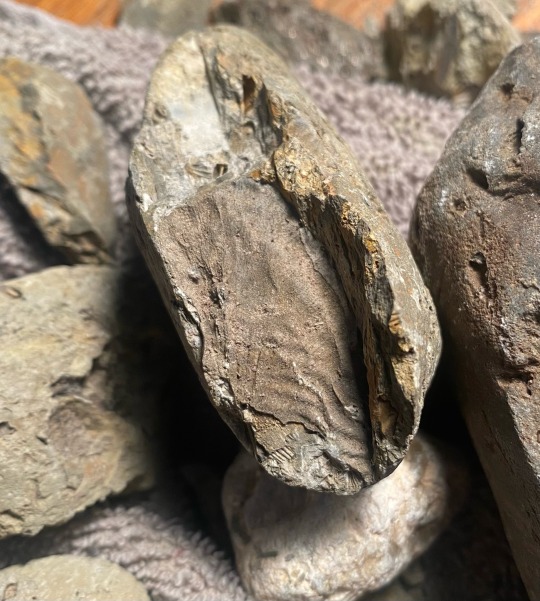
Also I cracked open this mush
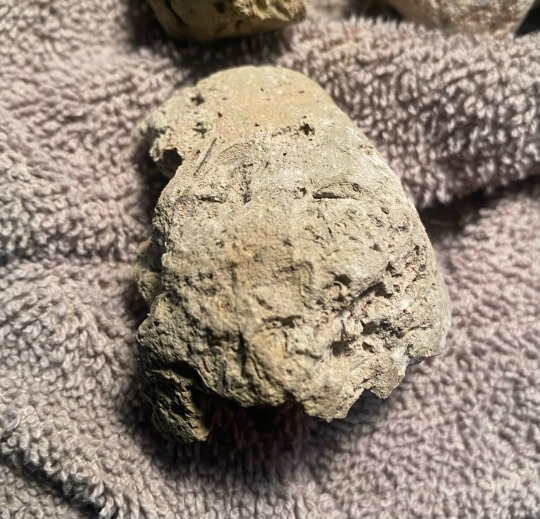
I managed to weasel this lady out!!


I am honestly not too sure what I am looking at in the 2nd photo, I am 93% sure this is half of a Brachiopod, so I am guessing those are the innards, so I am also guessing that that circle is the pedical, maybe? It is just so large?. I have never found one with the inside visible like this. And I just can not find any references I need .. anybody know?
Also another Leptaena was also in there
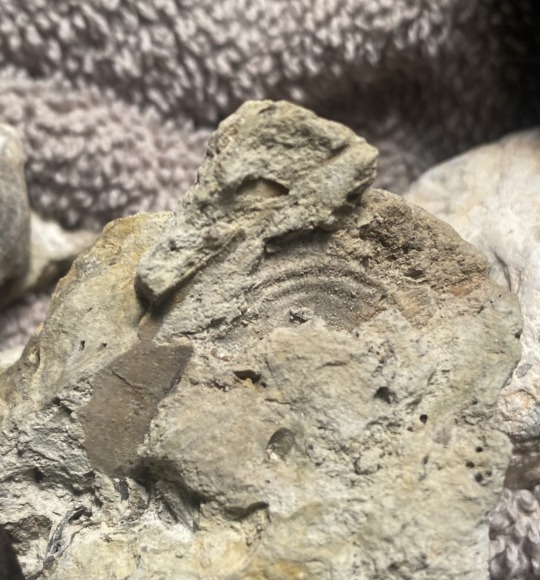
And an adorable Bryozoan sheet that makes me crave honey:)
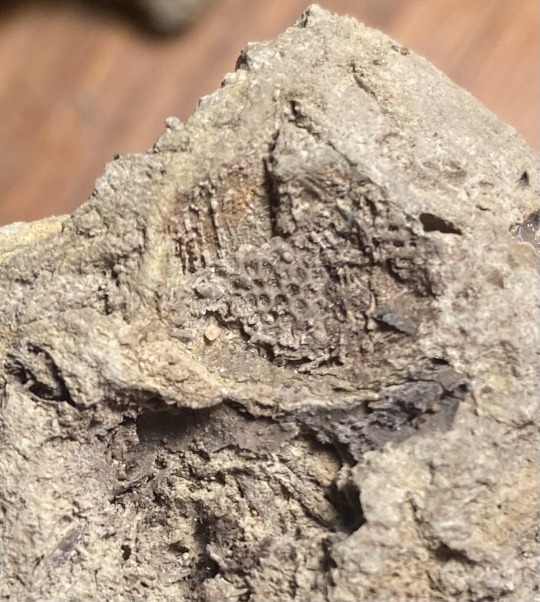
And here is a better photo of the chisel project I was working on the other day! I am a little stuck on this one, I really do not want to damage the Crinoid, it seems so fragile..

#fossil friday#devonian fossils#devonian period#my fossils#amateur paleontology#paleontology#fossils#fossil#fossil hunting#fossil collecting#geology#devonian#fossilblr#brachiopod#devonian fossil#brachiopods#bryozoan colony#bryozoa#bryozoans#bryozoan#crinoids#crinoid#rocks#rockblr#brachiopod fossils#earth science
20 notes
·
View notes
Text
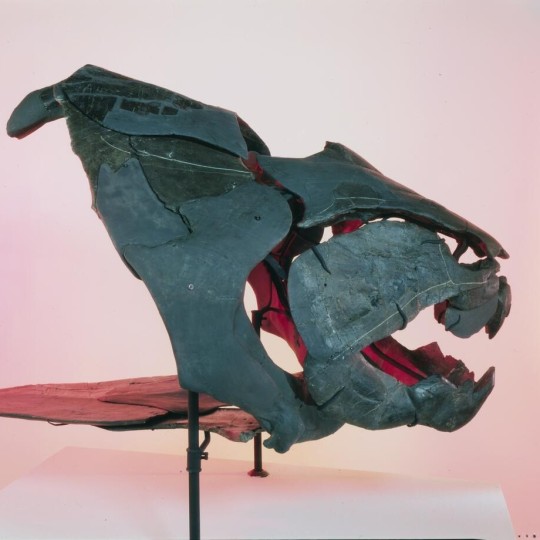
Don’t mess with this fish! For Fossil Friday, let’s meet Dunkleosteus terrelli. It lived some 360 million years ago during the Devonian. Scientists think it was one of the first large jawed vertebrates in the ocean and an aggressive predator. The razor-sharp edges of bones in its jaws served as cutters, and as they rubbed against each other, the opposing jaw blades acted like self-sharpening shears. These bones continued to grow as they were worn down by use.
This specimen, on display in the Museum’s Hall of Vertebrate Origins, was found in Ohio. Spot Dunkleosteus and other prehistoric animals at the Museum! Plan your visit.
Photo: Image no. ptc-5861 © AMNH Library
#science#amnh#museum#fossil#nature#natural history#animals#fact of the day#did you know#fish#fossil friday#fossil fish#prehistoric#devonian#museums#american museum of natural history#museum of natural history#natural history museum#paleontology
711 notes
·
View notes
Text
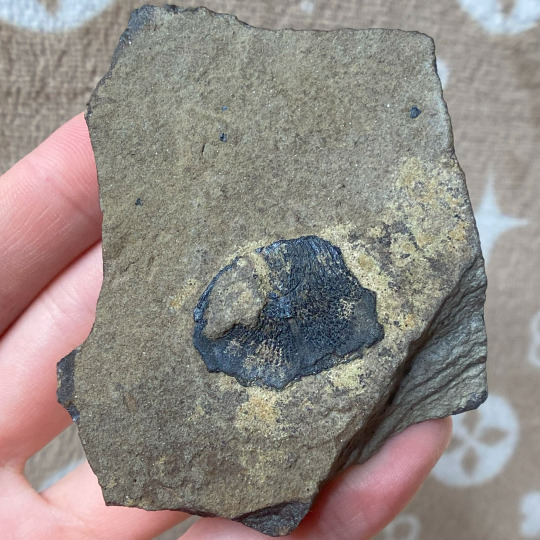
A fossilized fish scale of a Glyptolepis paucidens from the Achanarras Limestone Member in the Achanarras Quarry of Caithness, Scotland. This lobe-finned fish species of holoptychiid porolepimorph lived during the Middle Devonian and has very distinct and ornamented scales.
#fish#fossils#paleontology#palaeontology#paleo#palaeo#glyptolepis#holoptychiidae#devonian#paleozoic#prehistoric#science#paleoblr#グリプトレピス#ホロプティキウス科#化石#古生物学
16 notes
·
View notes
Text
Early tetrapod paludarium

#biology#dinosaur#dinosaur art#dinosaurs#fossils#geology#mesozoic#palaeoart#palaeontology#paleoart#devonian#scientific illustration#sciart#paleozoo#paleontology#tetrapod#tiktaalik#ichthyostega#science#zoo#aquarium#oceanarium#terrarium#paludarium
226 notes
·
View notes
Text

TRILOBITE DICRANURUS MONSTROSUS Devonian Fossil
64 notes
·
View notes